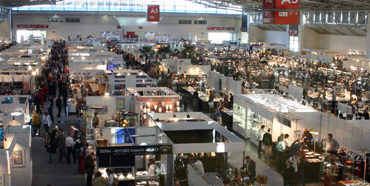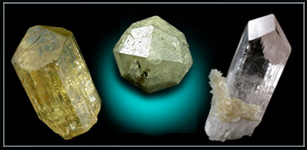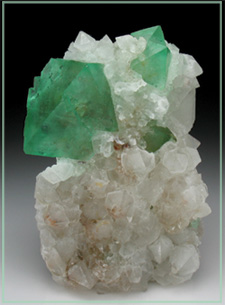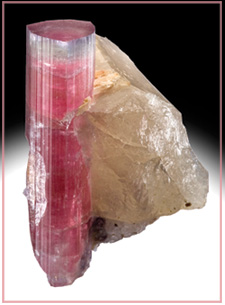
Welcome to the Minerals.net Newsletter
Welcome to the November 2012 edition of the Minerals.net Newsletter. Although content updates have been minimal since our last newsletter, we are busy organizing an amazing mineral contest. We are also putting together some articles to be published, and will be filming some new and interesting mineral videos.
New Minerals and Gemstones AddedWe have added several new mineral pages, complete with detailed information, We have also added gemstone pages for the following two gemstones: The minerals we are adding next are the zeolites. Stay tuned for complete details on the all the important zeolite minerals. | ||

The Minerals.net 2013 Contest!Minerals.net is proud to announce our 2013 contest, where you can win a museum-caliber mineral absolutely free! All you have to do is register. We are still working out the technical details, so stay tuned. Keep an eye out for our full-page ads in the January-February editions of The Mineralogical Record and Rocks and Minerals magazines!
|
||
Mineral Specimen Preparation and RepairsWhen observing the amazing minerals displayed in museums and collections, we marvel at their unique habits such as color, luster, and crystal shape. However, when these minerals are originally found, they don’t quite look like that. They are muddy, rough, and overall unattractive. It takes proper cleaning, trimming, and preparation to make a rough mineral into a beautiful display specimen. |
||
The Munich ShowThe Munich Show is Europe's largest and most prestigious gem and mineral show, and is attended by many of the large and important dealers throughout the world. The Munich Show always falls out in the last week of October, and this years' show took place on October 26-28. A highlight of the Munich show is the outstanding  public exhibit of exceptional specimens put together by both museums and private collectors. This years' theme, titled African Secrets, provided a truly historic array of the fascinating and outstanding minerals that have been coming out of Africa. public exhibit of exceptional specimens put together by both museums and private collectors. This years' theme, titled African Secrets, provided a truly historic array of the fascinating and outstanding minerals that have been coming out of Africa.
|
||
Give us Feedback!We appreciate feedback! Please email us with any comments or suggestions, and any errors or bugs you may find find on our website. To contact us, please visit our Contact page. |
Copyright 2012 Hershel Friedman | Minerals.net, all rights reserved.
 photos, and 3-D crystals. These include:
photos, and 3-D crystals. These include:
